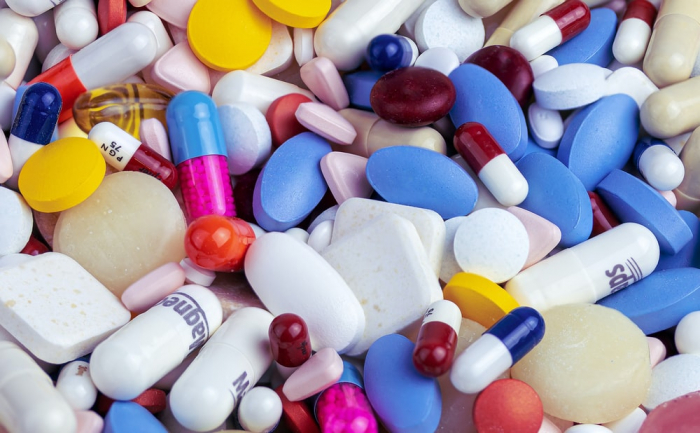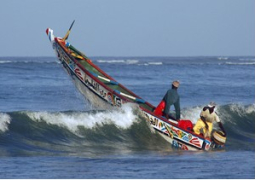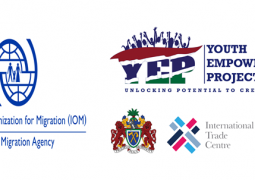
Substance and drug abuse is the excessive use of drug for non-medical purpose which is mostly orchestrated by youth who occupy a delicate and sensitive position within the population.
In The Gambia, cannabis sativa remains the most commonly abused illicit drug. Individuals of varying ages and economic class abuse it, due to its affordability. Moreover, other forms of controlled and prohibited drugs like cocaine, heroin, clonazepam, diazepam, bronazepam are also abused.
Most cannabis found in The Gambia comes from the Cassamance region of Southern Senegal and the West Coast Region of The Gambia, although it is grown in diverse places across the country.
According to data from Drug Law Enforcement Agency the Gambia (DLEAG) in 2013, a total of three hundred and fifty-eight (358) drug cases were registered involving three hundred and sixty-six (366) persons of different nationalities.
Whilst in 2014, four hundred and two (402) cases were registered involving four hundred and twenty-four (424) persons of different nationalities.
Most of the persons arrested with illicit drugs, particularly cannabis, were Gambians.
However, quite a lot of foreign nationals are involved in the abuse and trafficking of hard drugs.
This is a serious number affecting mostly youth.
Statistics from the country’s only Psychiatric Hospital Tanka Tanka shows that about 60% of their admission cases are Drug Induced Psychosis.
Due to human security threats posed by substance abuse, law enforcement institutions and policymakers should be prepared to effectively respond to this.
However, narrow focus has so far been placed on the health effects of substance abuse, which over time could lead to greater threat to human security in the country than currently acknowledged.
Apart from the health and physical problems caused by drug to its users, the use of illicit drugs also exposes non-users to injury and death; this arises from a range of factors such as people driving under the influence of drugs. There is also financial pressure on the families of drug addicts due to the costs of treatment among other things.
One of the main challenges is the fact that the main approach to illicit substances had been based on stemming the supply of drugs and arresting suspects through law enforcement efforts. For greater drug control, all law enforcement agencies must work together.
Government institutions, civil society, the media and the public have to work together to meet challenges posed to society by illicit drugs.
Moreover, there is need to establish rehabilitation centers to facilitate the rehabilitation and reintegration of victims of drug abuse back into society after serving their jail terms.
In order to curb this menace, all hands should be on deck including parents of victims of substance abuse and those at risk such as their friends to curtail this menace.





